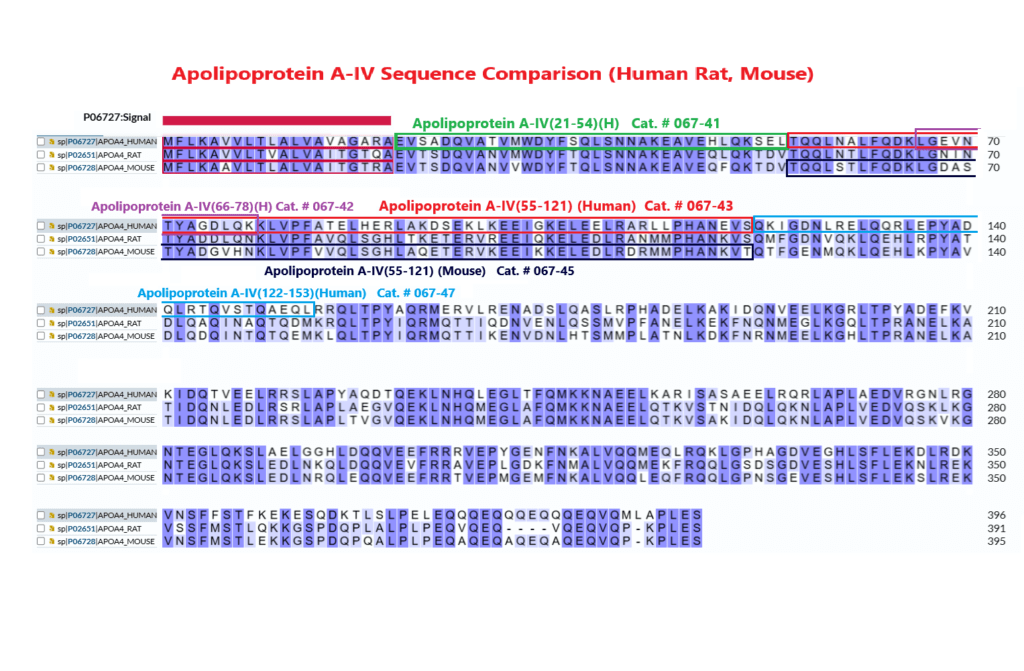Apolipoprotein A4 derived peptides helps to simulate insulin secretion in pancreatic cells
Abstract
Apolipoprotein A-IV and its derived peptide, T55-121, improve glycemic control and increase energy expenditure
Abstract: It is crucial to understand the glucose control within our bodies. Bariatric/metabolic surgeries, including laparoscopic sleeve gastrectomy (LSG) and Roux-en-Y gastric bypass (RYGB), provide an avenue for exploring the potential key factors involved in maintaining glucose homeostasis since these surgeries have shown promising results in improving glycemic control among patients with severe type 2 diabetes (T2D). For the first time, a markedly altered population of serum proteins in patients after LSG was discovered and analyzed through proteomics. Apolipoprotein A-IV (apoA-IV) was revealed to be increased dramatically in diabetic obese patients following LSG, and a similar effect was observed in patients after RYGB surgery. Moreover, recombinant apoA-IV protein treatment was proven to enhance insulin secretion in isolated human islets. These results showed that apoA-IV may play a crucial role in glycemic control in humans, potentially through enhancing insulin secretion in human islets. ApoA-IV was further shown to enhance energy expenditure and improve glucose tolerance in diabetic rodents, through stimulating glucose-dependent insulin secretion in pancreatic β cells, partially via Gαs-coupled GPCR/cAMP (G protein-coupled receptor/cyclic adenosine monophosphate) signaling. Furthermore, T55-121, truncated peptide 55-121 of apoA-IV, was discovered to mediate the function of apoA-IV. These collective findings contribute to our understanding of the relationship between apoA-IV and glycemic control, highlighting its potential as a biomarker or therapeutic target in managing and improving glucose regulation.
Attenuation of high-fat diet-induced weight gain by apolipoprotein A4
Abstract: Apolipoprotein A4 (APOA4) is synthesized by the small intestine in response to dietary lipids. Chronic exposure to a high-fat diet (HFD) desensitizes lipid-induced APOA4 production and attenuates brown adipose tissue (BAT) thermogenesis. We hypothesized that exogenous APOA4 could increase BAT thermogenesis and energy expenditure in HFD-fed mice, resulting in decreased obesity and improved glucose tolerance.
Multiplexed MRM-based proteomics for identification of circulating proteins as biomarkers of cardiovascular damage progression associated with diabetes mellitus
Abstract: Type 2 diabetes mellitus (T2DM) increases the risk of coronary heart disease (CHD) by 2-4 fold, and is associated with endothelial dysfunction, dyslipidaemia, insulin resistance, and chronic hyperglycaemia. The aim of this investigation was to assess, by a multimarker mass spectrometry approach, the predictive role of circulating proteins as biomarkers of cardiovascular damage progression associated with diabetes mellitus.
Schematics

